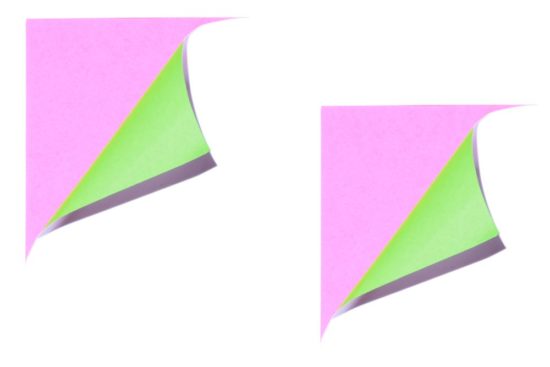This is a youcubed favorite which comes from Mark Driscoll. The activity encourages students and teachers to engage in visual, creative thinking. We have coupled Mark’s activity with asking students to reason and be convincing, two important mathematical practices.
Task Instructions
Work with a partner. Take turns being the skeptic or the convincer. When you are the convincer your job is to be convincing! Give reasons for all of your statements. Skeptics must be skeptical! Don’t be easily convinced. Require reasons and justifications that make sense to you.
For each of the problems below one person should make the shape and then be convincing. Your partner is the skeptic. When you move to the next question switch roles. Start with a square sheet of paper and make folds to construct a new shape. Explain how you know the shape you constructed has the specified area.
Start with a square sheet of paper and make folds to construct a new shape. Explain how you know the shape you constructed has the specified area.
1. Construct a square with exactly ¼ the area of the original square. Convince yourself and
then your partner that it is a square and has ¼ of the area.
2. Construct a triangle with exactly ¼ the area of the original square. Convince yourself
and then your partner that it has ¼ of the area.
3. Construct another triangle, also with ¼ the area, that is not congruent to the first one
you constructed. Convince yourself and then your partner that it has ¼ of the area.
4. Construct a square with exactly ½ the area of the original square. Convince yourself and
then your partner that it is a square and has ½ of the area.
5. Construct another square, also with ½ the area, that is oriented differently from the
one you constructed in #4. Convince yourself and then your partner that it has ½ of the
area.
Materials
At least one square piece for each student. 8.5×8.5 is a good size since this is made from a piece of 8.5×11 piece of paper. (Patty paper recommended)
Reference
Adapted from: Fostering Geometric Thinking: A Guide for Teachers, Grades 5-10, by Mark Driscoll, 2007, p. 90, http://heinemann.com/products/

